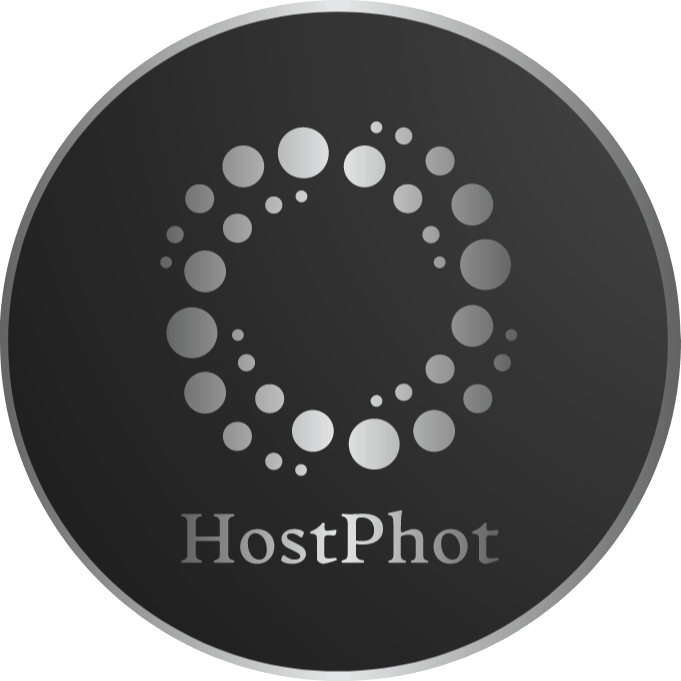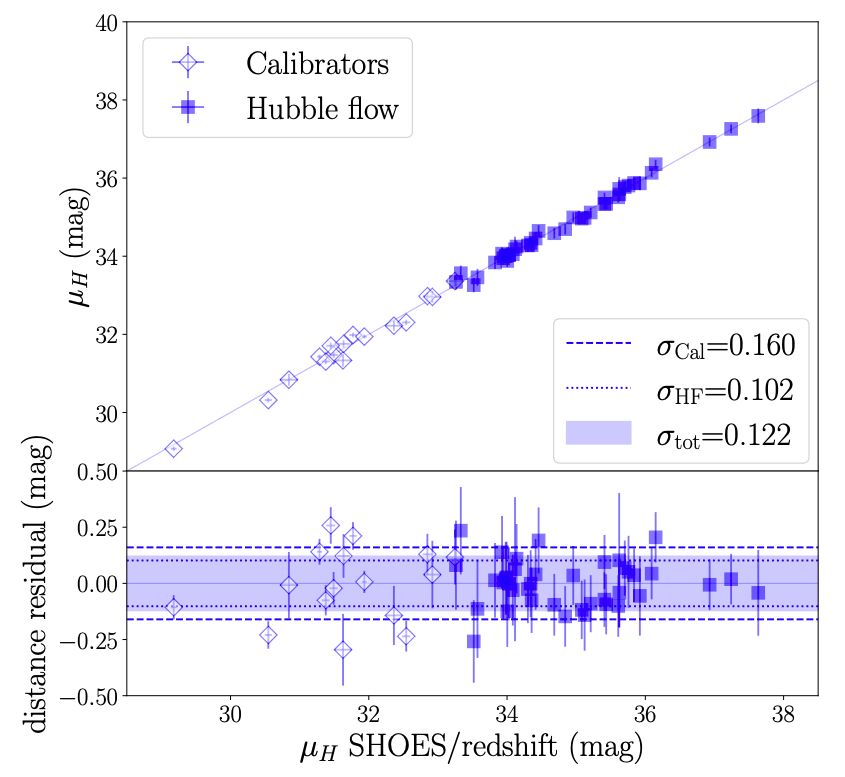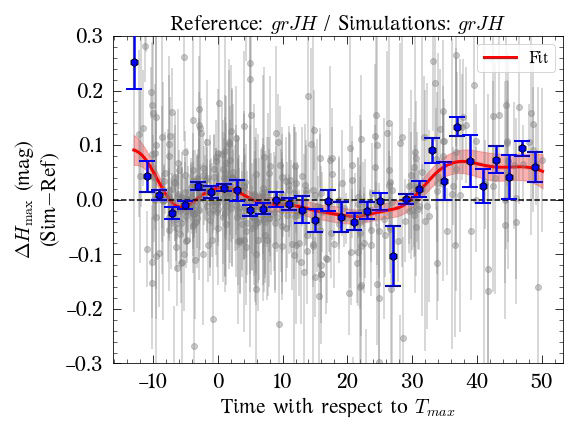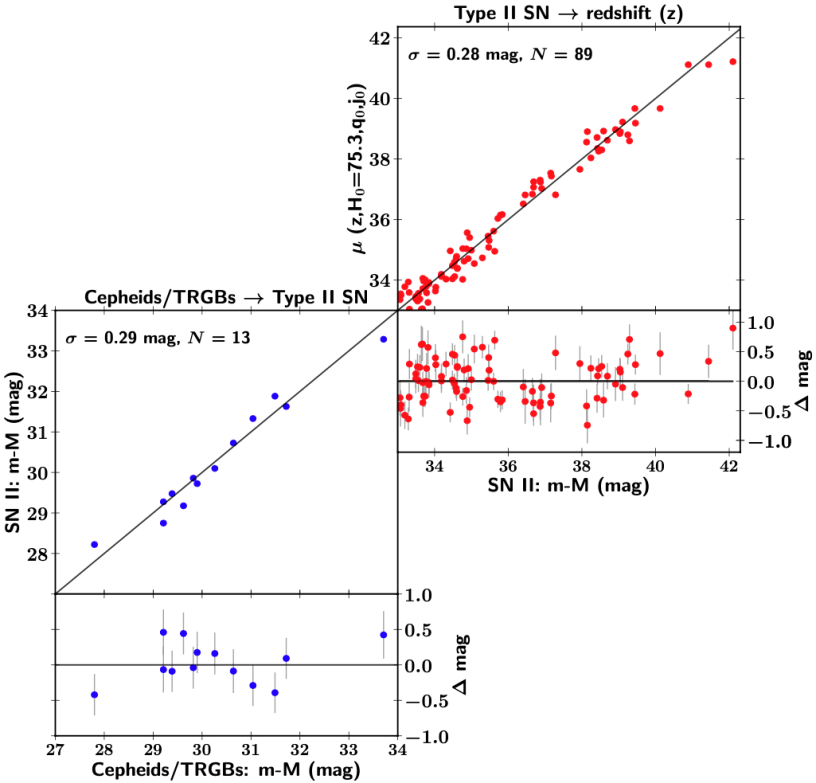HostPhot: global and local photometry of galaxies hosting supernovae or other transients
Type Ia supernovae (SNe Ia) have assumed a fundamental role as cosmological distance indicators since the discovery of the accelerating expansion rate of the universe. Correlations between their optical peak luminosity, the decline rate of their light curves and their optical colours allow them to be standardised, reducing their observed r.m.s scatter. Over a decade ago, the optical peak luminosity of SNe Ia was found to correlate with host galaxy stellar mass, further improving their standardisation. Since then, host galaxy properties have been used in cosmological analyses of SNe Ia and tremendous effort has gone into finding the property, such as star formation rate, that fundamentally drives the correlation between SNe Ia and their host galaxies. Furthermore, it has been noted that the local environment in which the progenitors of SNe Ia evolve is much better at reducing the scatter in estimated distances than the global environment, i.e., the whole galaxy. HostPhot is a tool that facilitates the calculation of both local and global photometry of galaxies hosting SNe Ia, therefore helping in the study of the environmental effect on these objects.



